Home>Interior Design>How To Make A Home Feel Welcoming: 8 Rules To Live By
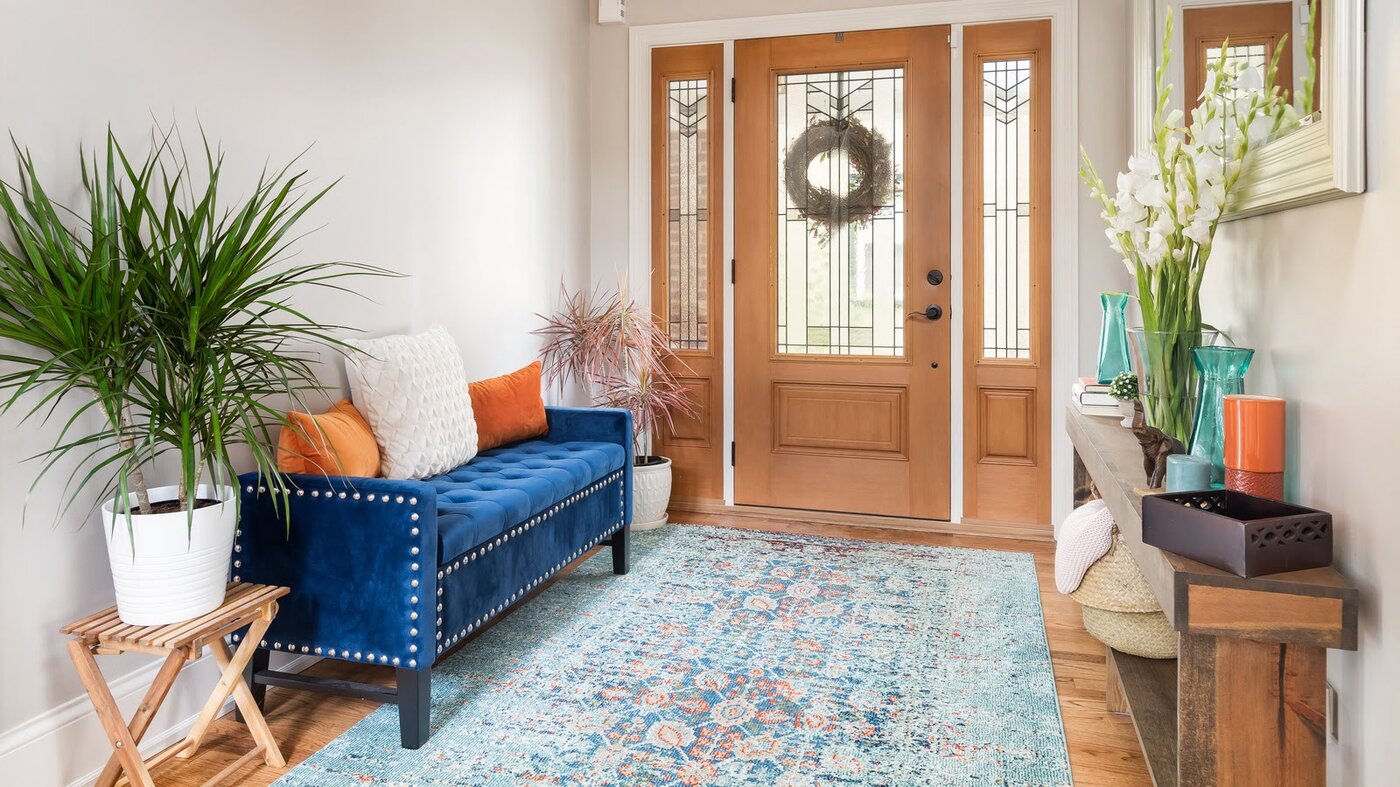

Interior Design
How To Make A Home Feel Welcoming: 8 Rules To Live By
Modified: January 20, 2024
Create a welcoming home with these 8 interior design rules. Transform your space into an inviting sanctuary with expert tips and inspiration.
(Many of the links in this article redirect to a specific reviewed product. Your purchase of these products through affiliate links helps to generate commission for Storables.com, at no extra cost. Learn more)
Introduction
Welcome to a world where every corner of your home exudes warmth and invites you to relax and unwind. Creating a welcoming atmosphere is essential for turning a house into a home. From the moment you step in the door, you want to be enveloped in a sense of comfort and hospitality. But how can you achieve this? In this article, we will explore eight essential rules to make your home feel welcoming.
Whether you’re a seasoned interior designer or just starting your journey into home decor, these rules will guide you in transforming any space into a cozy and inviting haven. So let’s dive into the first rule and discover how to make a lasting impression from the very entrance of your home.
Key Takeaways:
- Create a warm and inviting home by focusing on elements like soft lighting, natural materials, personal touches, and comfortable seating. Appeal to the senses and offer refreshments to enhance the welcoming atmosphere.
- Transform your space into a haven that radiates comfort and hospitality by following essential rules such as creating a warm entrance, incorporating natural elements, and keeping your home clean and tidy.
Rule 1: Create a Warm Entrance
The entrance of your home sets the tone for the rest of the space. It’s the first thing you and your guests see when entering, so it’s essential to create a warm and welcoming atmosphere right from the start.
One way to achieve this is by paying attention to the colors and lighting in the entryway. Opt for warm tones like soft neutrals, earthy hues, or even a splash of vibrant color to create a welcoming ambiance. Consider using a cozy rug or runner to add texture and comfort to the space.
In addition to colors, lighting plays a crucial role in creating a warm entrance. Soft, indirect lighting can instantly make a space feel cozy and inviting. Install a dimmer switch or use table lamps and wall sconces to create a warm and welcoming glow. Remember to choose warm white or soft yellow light bulbs instead of harsh, cool-toned ones.
Another way to make your entrance more inviting is by incorporating natural elements. Place a potted plant or a vase of fresh flowers on a console table to bring life and freshness to the space. Natural elements not only add beauty but also help create a sense of calm and tranquility.
Lastly, consider adding personal touches to your entrance. Hang a family photo gallery or display cherished mementos on a wall shelf. This not only adds character to the space but also creates a welcoming environment that reflects your personality and history.
By following these tips, you can create a warm entrance that makes you and your guests feel instantly at home. So, let’s move on to the next rule, which focuses on lighting.
Rule 2: Use Soft Lighting
One of the key elements in creating a welcoming and cozy atmosphere in your home is the use of soft lighting. Properly placed and thoughtfully selected lighting can transform any space and make it feel warm and inviting.
Start by evaluating the existing lighting in your home. Harsh, bright overhead lights can create a cold and unwelcoming ambiance. Consider replacing them with soft, diffused lighting options. This can be achieved by using lamps with warm-toned bulbs or installing dimmer switches to control the intensity of the light.
Incorporating various layers of lighting is another effective way to create a welcoming atmosphere. A combination of ambient, task, and accent lighting can bring depth and character to your space. Use pendant lights or chandeliers as the main source of ambient light, adding a subtle glow to the room. Task lighting, such as table lamps or under-cabinet lights, can be used for specific activities like reading or working. Lastly, accent lighting can be used to highlight architectural features, artwork, or decorative elements, adding a touch of elegance and warmth.
When choosing lighting fixtures, consider the materials and colors. Opt for warm metallic finishes like brass or copper, as they not only provide a soft glow but also add a touch of sophistication to your space. Lampshades made from fabric or natural materials can diffuse the light and create a cozy ambiance.
Don’t forget to incorporate lighting control options, such as dimmers and smart lighting systems, for added convenience and flexibility. These features allow you to adjust the lighting levels according to the time of day or the mood you want to create.
By using soft lighting techniques and incorporating different layers of light, you can create a warm and inviting atmosphere in every room of your home. Now, let’s move on to the next rule, which focuses on incorporating natural elements.
Rule 3: Incorporate Natural Elements
Bringing the beauty of nature indoors is a great way to create a welcoming and calming atmosphere in your home. By incorporating natural elements into your interior design, you can create a sense of harmony and tranquility.
Start by introducing plants into your space. Indoor plants not only add visual appeal but also improve air quality and create a sense of serenity. Choose plants that thrive in indoors conditions, such as pothos, snake plants, or peace lilies. Place them in strategic spots, such as on side tables, shelves, or even hanging planters to add a touch of greenery to your home.
In addition to plants, consider incorporating natural materials into your furniture and decor. Opt for wooden furniture pieces with warm finishes, such as oak or walnut, to create a cozy and inviting feel. You can also add wicker or rattan accents, such as baskets or chairs, to bring in a natural texture and earthy charm.
Another way to incorporate natural elements is through textiles. Choose curtains, area rugs, and throw pillows made from natural fibers like cotton, linen, or wool. These materials not only add warmth and softness but also create a connection to nature.
Furthermore, consider incorporating natural light into your home by maximizing the use of windows. Allow natural light to flood the space, creating a bright and airy feel. Using sheer curtains or blinds can help control the intensity of light while maintaining a connection to the outdoors.
Lastly, consider adding natural decorative elements like seashells, driftwood, or stones to your space. These small touches can add a sense of coastal charm or earthy vibes, depending on your personal style.
By incorporating natural elements into your interior design, you can create a warm and welcoming atmosphere that brings a touch of nature’s tranquility into your home. Now, let’s explore the next rule, which focuses on displaying personal touches.
Rule 4: Display Personal Touches
Your home should reflect your personality and tell your unique story. By displaying personal touches throughout your space, you can create a warm and inviting atmosphere that truly feels like home.
Start by showcasing cherished photographs and artwork. Create a gallery wall filled with family photos or hang a few special pieces of artwork that resonate with you. These personal touches add visual interest and create a sense of nostalgia and warmth.
Another way to display personal touches is by showcasing collections or sentimental items. Whether it’s antique cameras, vintage books, or travel souvenirs, incorporating these items into your decor adds a layer of personality and creates a conversation starter for guests.
You can also use shelving or display cabinets to show off your favorite books, trinkets, or even plants. These displays not only add visual interest but also give your home a lived-in feel, making it more welcoming and inviting.
Don’t forget about incorporating personal touches in unexpected places like your bathroom or kitchen. Display your favorite scented candles or bath products in the bathroom to create a spa-like ambiance. In the kitchen, showcase your collection of cookbooks or display beautiful dishware that you love to use.
Furthermore, consider incorporating personal touches through textiles and fabrics. Choose throw blankets, pillows, or curtains that resonate with you and reflect your personal style. Mixing patterns and textures that you love adds a sense of comfort and individuality to your space.
Lastly, don’t be afraid to make DIY projects or art pieces to display in your home. Whether it’s a handmade piece of pottery or a painting, these personal creations can add a distinctive touch to your space and make it feel truly unique.
By displaying personal touches throughout your home, you not only create a warm and inviting atmosphere but also make a space that feels uniquely yours. Now, let’s move on to the next rule, which focuses on fostering comfortable seating.
Add personal touches such as family photos, artwork, and sentimental items to create a warm and inviting atmosphere in your home.
Rule 5: Foster Comfortable Seating
Comfortable seating is essential in creating a welcoming and inviting atmosphere in your home. Whether you’re entertaining guests or simply relaxing on your own, having cozy and inviting seating options can make all the difference.
Start by evaluating your existing seating arrangements. Consider the comfort level of your sofas, chairs, and even dining chairs. If they are worn out or uncomfortable, it may be time to invest in new pieces or give them a refresh with plush cushions or throws.
When selecting new seating options, prioritize comfort over aesthetics. Look for sofas and chairs with ample cushioning and supportive backs. Opt for soft and durable upholstery materials like cotton or microfiber that are both cozy and easy to maintain.
Incorporate different seating options to cater to various needs and preferences. Mix and match sofas, armchairs, and lounge chairs to provide a variety of seating experiences. This allows you and your guests to find the perfect spot to relax and unwind.
Don’t forget to incorporate comfort-enhancing elements like throw pillows and blankets. These can add an extra layer of coziness and versatility to your seating areas. Choose pillows with soft, plush fillings and blankets made from warm and snuggly fabrics.
Another aspect to consider is the arrangement of your seating. Create conversation areas by arranging furniture in a way that encourages interaction. Place chairs and sofas facing each other or around a coffee table to facilitate comfortable and engaging conversations.
Add personal touches to your seating areas by incorporating side tables or coffee tables where you can place books, magazines, or decorative items. This not only adds functionality but also adds visual interest and creates a cozy and welcoming ambiance.
Lastly, incorporate flexible seating options like ottomans or poufs. These can be used as additional seating or as a place to prop up your feet and relax. They also add a touch of visual interest and versatility to your space.
By fostering comfortable seating in your home, you create an inviting and relaxing atmosphere that encourages comfort and conversation. Now, let’s move on to the next rule, which focuses on keeping your space clean and tidy.
Rule 6: Keep it Clean and Tidy
A clean and tidy home not only looks more inviting but also creates a sense of calm and order. Keeping your space organized and clutter-free is essential in maintaining a welcoming atmosphere.
Start by establishing a regular cleaning routine. Dedicate specific days or times for different cleaning tasks, such as vacuuming, dusting, and mopping. This ensures that your home is consistently clean and presentable.
Invest in storage solutions that help keep your belongings organized. Utilize shelves, cabinets, and storage bins to store items out of sight and maintain a clutter-free environment. Consider implementing a “one in, one out” rule, where for each new item you bring into your home, you remove an old item to prevent unnecessary accumulation.
Pay attention to high-traffic areas like entryways and living rooms. Keep them free from excess clutter, such as shoes, coats, or piles of mail. Having designated storage solutions, like hooks or shoe racks, can help keep these areas tidy.
Don’t forget about maintaining the cleanliness of your furniture and upholstery. Regularly vacuum upholstered surfaces and spot clean any spills or stains promptly. Consider using removable and washable covers for sofas and chairs to make maintenance easier.
Keeping your home smelling fresh is also important in creating a welcoming atmosphere. Use natural room fresheners, scented candles, or diffusers to add a pleasant fragrance to your space. Be mindful of overpowering scents and opt for subtle and soothing aromas.
Lastly, declutter and organize your digital space as well. Clear out unnecessary files and folders on your computer and phone, and keep your digital documents well-organized. A clutter-free digital environment can contribute to a sense of calm and order in your overall living space.
By keeping your home clean and tidy, you create an inviting and calming atmosphere that promotes relaxation and peace of mind. Now, let’s move on to the next rule, which focuses on appealing to the senses.
Rule 7: Appeal to the Senses
Creating a welcoming home involves engaging all of the senses to evoke a feeling of comfort and relaxation. By appealing to the senses, you can create an immersive experience that leaves a lasting impression on you and your guests.
Start by focusing on the visual aspect of your home. Choose colors that are soothing and inviting, such as warm neutrals or soft pastel shades. Incorporate artwork and decorative elements that resonate with your personal style and create a visually pleasing environment.
Next, consider the sense of smell. Use scented candles, essential oils, or room sprays to add a pleasant aroma to your home. Opt for scents like lavender, vanilla, or citrus, which are known for their calming and uplifting properties. Experiment with different fragrances to find one that suits your preferences.
The sense of touch is also crucial in creating a welcoming atmosphere. Incorporate textures that are appealing and cozy, such as soft blankets, plush rugs, or velvet pillows. Use materials like satin, silk, or natural fibers to add a luxurious and tactile element to your space.
Sound plays a significant role in creating a welcoming ambiance. Fill your home with soothing music or gentle nature sounds to create a relaxing and serene atmosphere. Consider installing a sound system that allows you to play music in different rooms or use portable speakers for flexibility.
Lastly, don’t overlook the sense of taste. Offering refreshments to your guests can enhance their experience and make them feel even more welcome in your home. Create a designated beverage station with a selection of teas, coffee, or infused water. Provide a bowl of fresh fruit or a plate of homemade treats for a delightful indulgence.
By appealing to the senses, you create a multi-dimensional experience that engages both you and your guests. Each sense contributes to the overall atmosphere and helps create a welcoming and comforting environment. Now, let’s move on to the last rule, which focuses on offering refreshments.
Rule 8: Offer Refreshments
One of the most hospitable gestures you can offer your guests is a refreshing drink or snack. By providing refreshments in your home, you create a welcoming and inviting atmosphere that makes everyone feel comfortable and cared for.
Start by creating a designated space for refreshments, such as a beverage station or a bar cart. Stock it with a variety of drink options, including water, soda, juices, and hot beverages like coffee and tea. Consider providing a selection of alcoholic beverages as well, including wine, beer, and spirits, for guests who indulge.
Offering a variety of snacks is also a thoughtful gesture. Provide a mix of both savory and sweet options to cater to different tastes and preferences. Set out bowls of nuts, pretzels, or popcorn for a quick and easy snack. Consider offering a charcuterie board with an assortment of meats, cheeses, and crackers for a more substantial option.
Fresh fruit is another great option for refreshing snacks. Create a fruit platter with a variety of seasonal fruits, or offer individual fruit cups for easy consumption. Additionally, homemade baked goods like cookies, muffins, or scones can add a personal touch and make your guests feel especially welcome.
Make sure to provide appropriate serving ware, such as glasses, cups, plates, and napkins, so that your guests can enjoy the refreshments without any inconvenience. Keep everything well-stocked and easily accessible to ensure a seamless serving experience.
Offering refreshments goes beyond just providing sustenance – it creates a warm and inviting atmosphere where conversations can flow and connections can be made. It’s a gesture that shows your guests that their comfort and enjoyment are a top priority.
Remember, offering refreshments is not limited to entertaining guests. Even when it’s just you and your family at home, having a variety of drinks and snacks readily available can make your space feel more welcoming and inviting.
By following this final rule of offering refreshments, you complete the journey of creating a welcoming home that envelops your guests in comfort and hospitality. Now, armed with these eight essential rules, it’s time to transform your home into a haven where everyone feels invited and at ease.
Read more: Spring Flowers For A Fresh & Lively Feel
Conclusion
Creating a warm and welcoming home is an art that involves attention to detail and a thoughtful approach to design. By following the eight essential rules outlined in this article, you can transform your space into a haven that radiates comfort, hospitality, and a sense of belonging.
From the moment you step into your home, a welcoming entrance sets the tone for the rest of the space. Creating a warm ambiance with soft lighting and incorporating natural elements brings the beauty of nature indoors. Displaying personal touches throughout your home adds character and tells your unique story, while comfortable seating fosters relaxation and connection.
Keeping your space clean and tidy contributes to a sense of calm and order, and appealing to the senses engages all aspects of the human experience. Finally, offering refreshments to your guests is a gracious gesture that enhances their comfort.
By combining these eight rules, you can create a home that envelops you and your guests in warmth and hospitality. A welcoming home is not only inviting to others but also provides a sanctuary for yourself, a place where you can unwind, recharge, and find solace.
So, whether you’re decorating a new space or looking to revamp your current one, embrace the opportunity to create a home that nurtures and uplifts the spirit. Let your personal style and creativity shine through as you incorporate these rules, and watch as your home transforms into a haven that reflects who you are and offers warm embraces to all who enter.
Remember, a welcoming home is not just about the physical elements but also about the intangible feelings it evokes. It’s about creating an environment where people feel instantly at ease, where conversations flow effortlessly, and where memories are made.
Now, go forth and apply these rules to your own space, and may your home always be a place of comfort, joy, and heartfelt hospitality.
Frequently Asked Questions about How To Make A Home Feel Welcoming: 8 Rules To Live By
Was this page helpful?
At Storables.com, we guarantee accurate and reliable information. Our content, validated by Expert Board Contributors, is crafted following stringent Editorial Policies. We're committed to providing you with well-researched, expert-backed insights for all your informational needs.
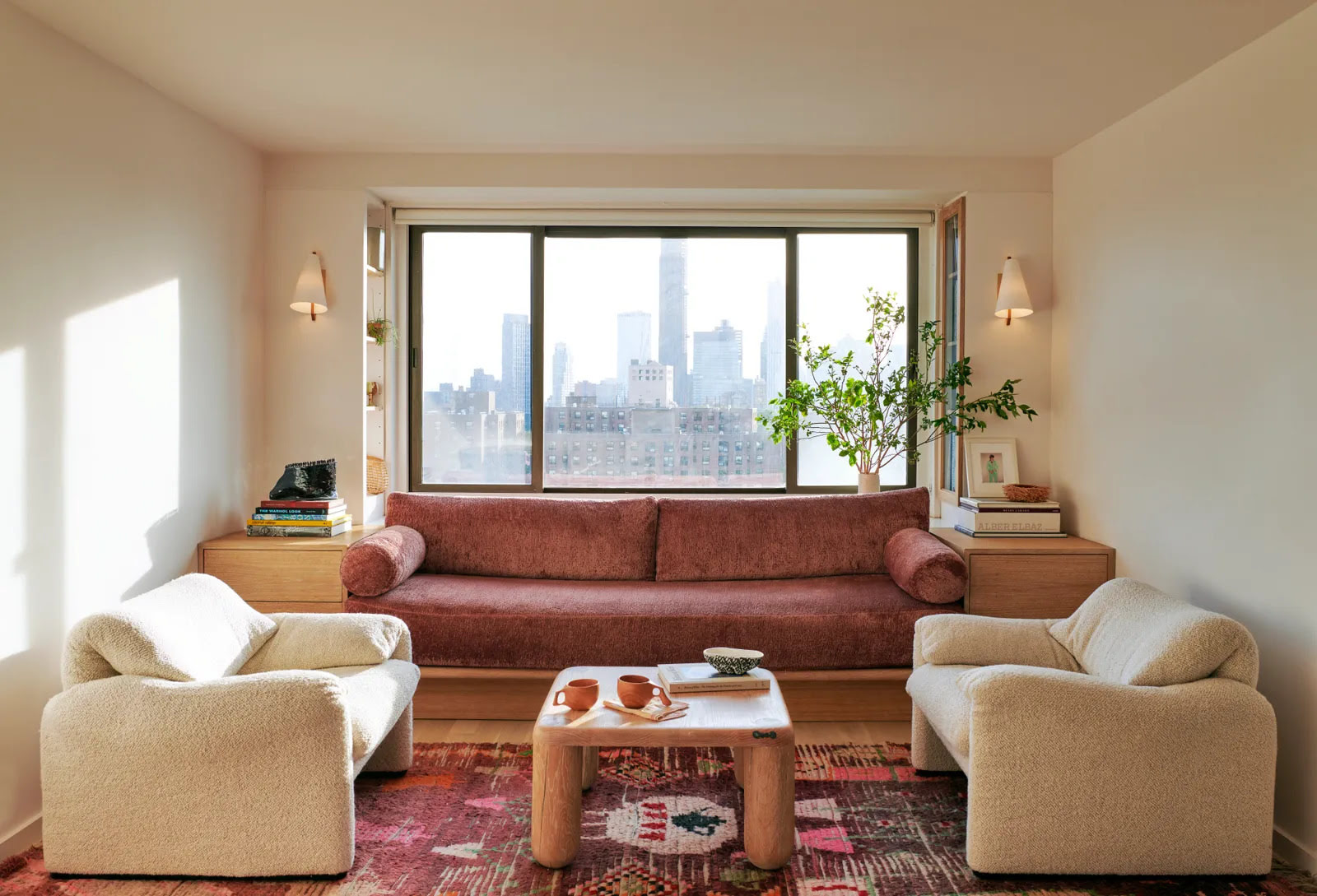


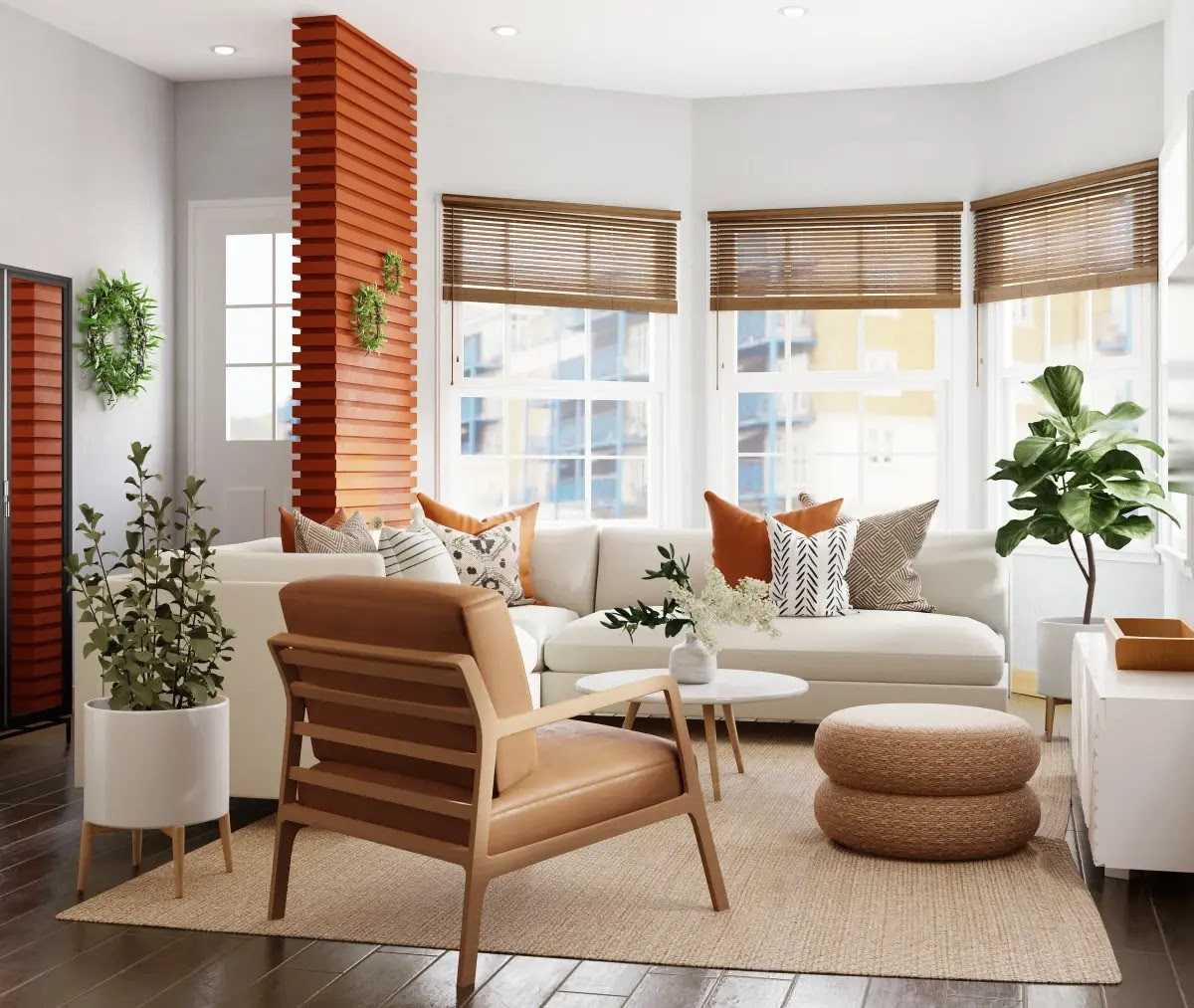
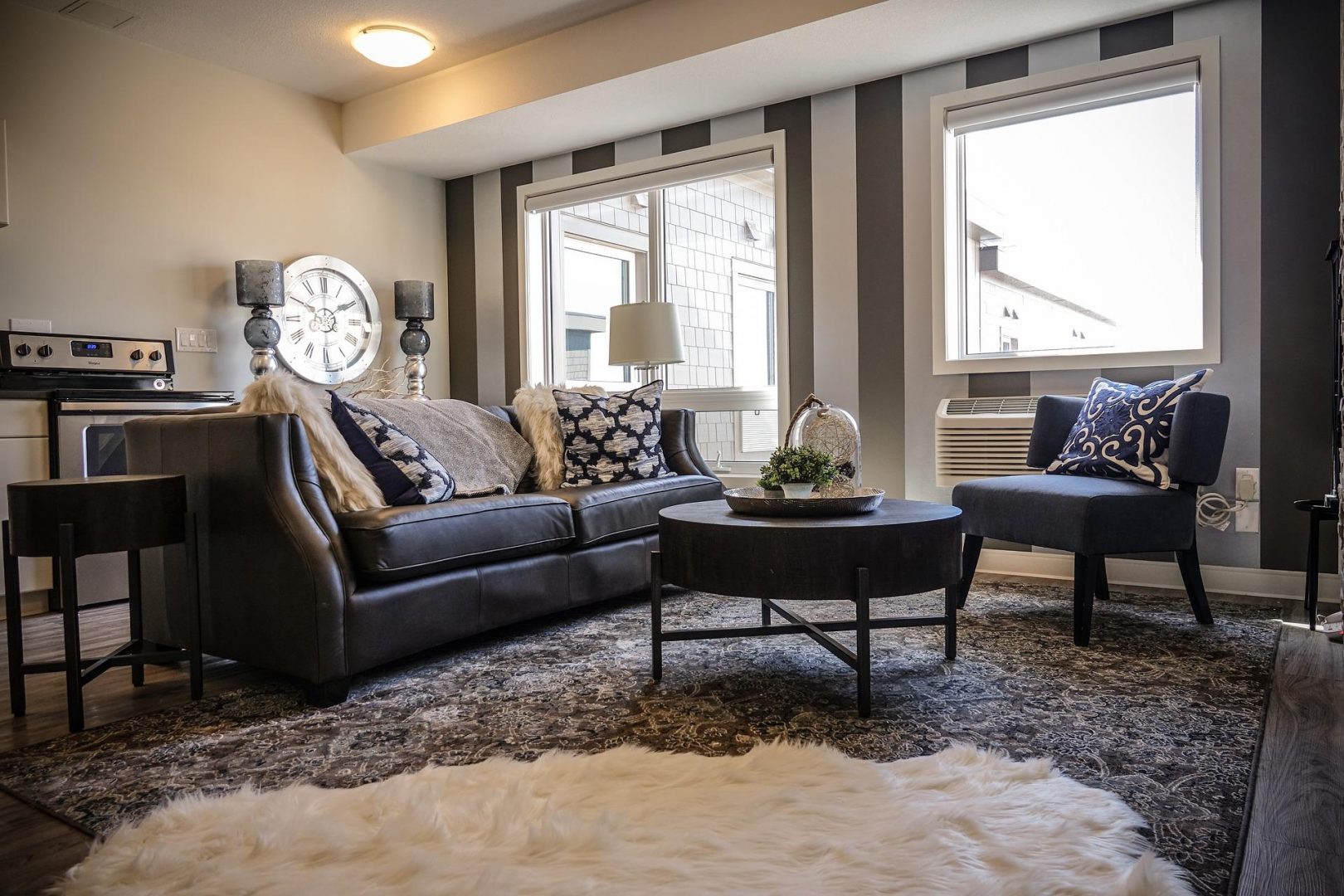
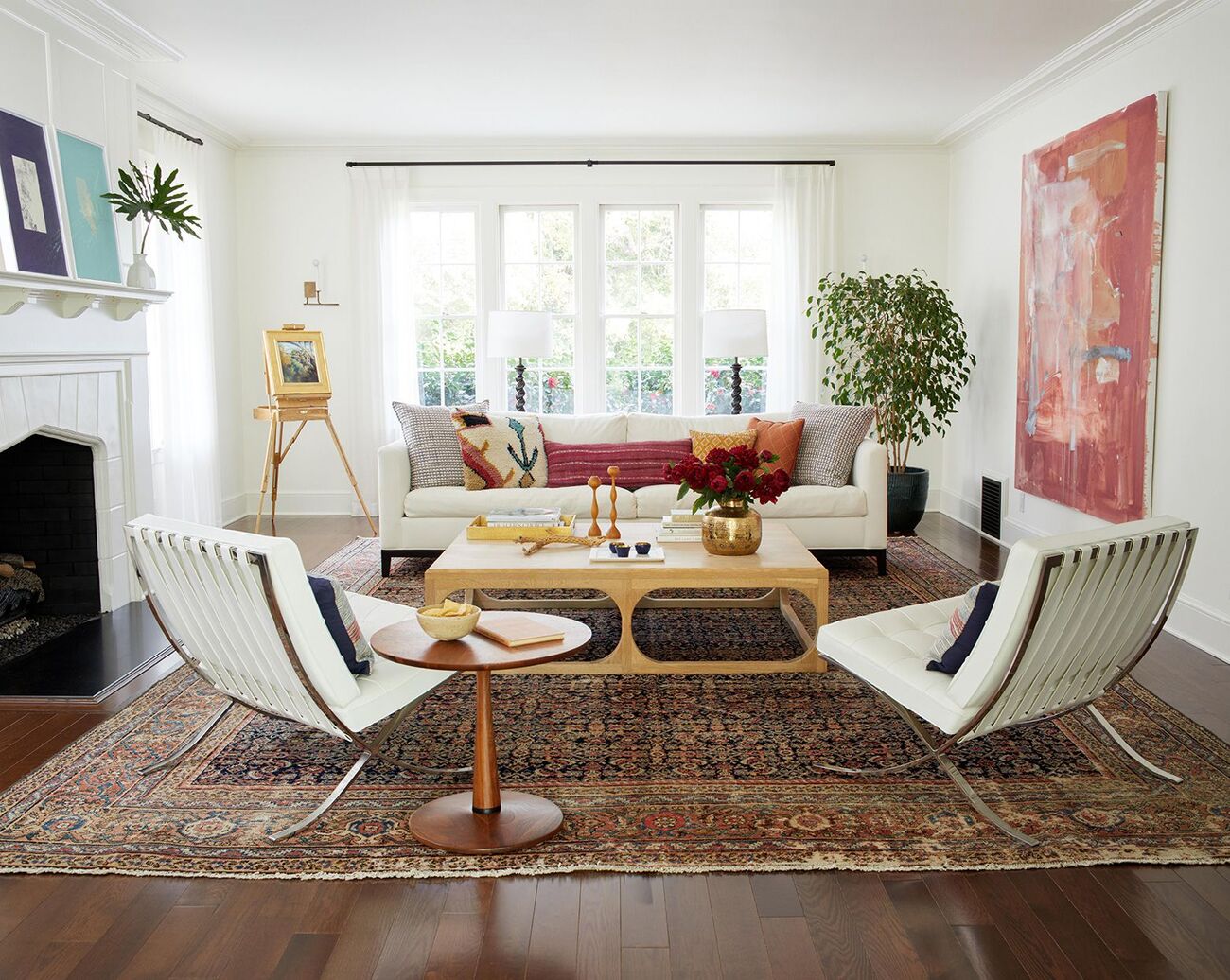
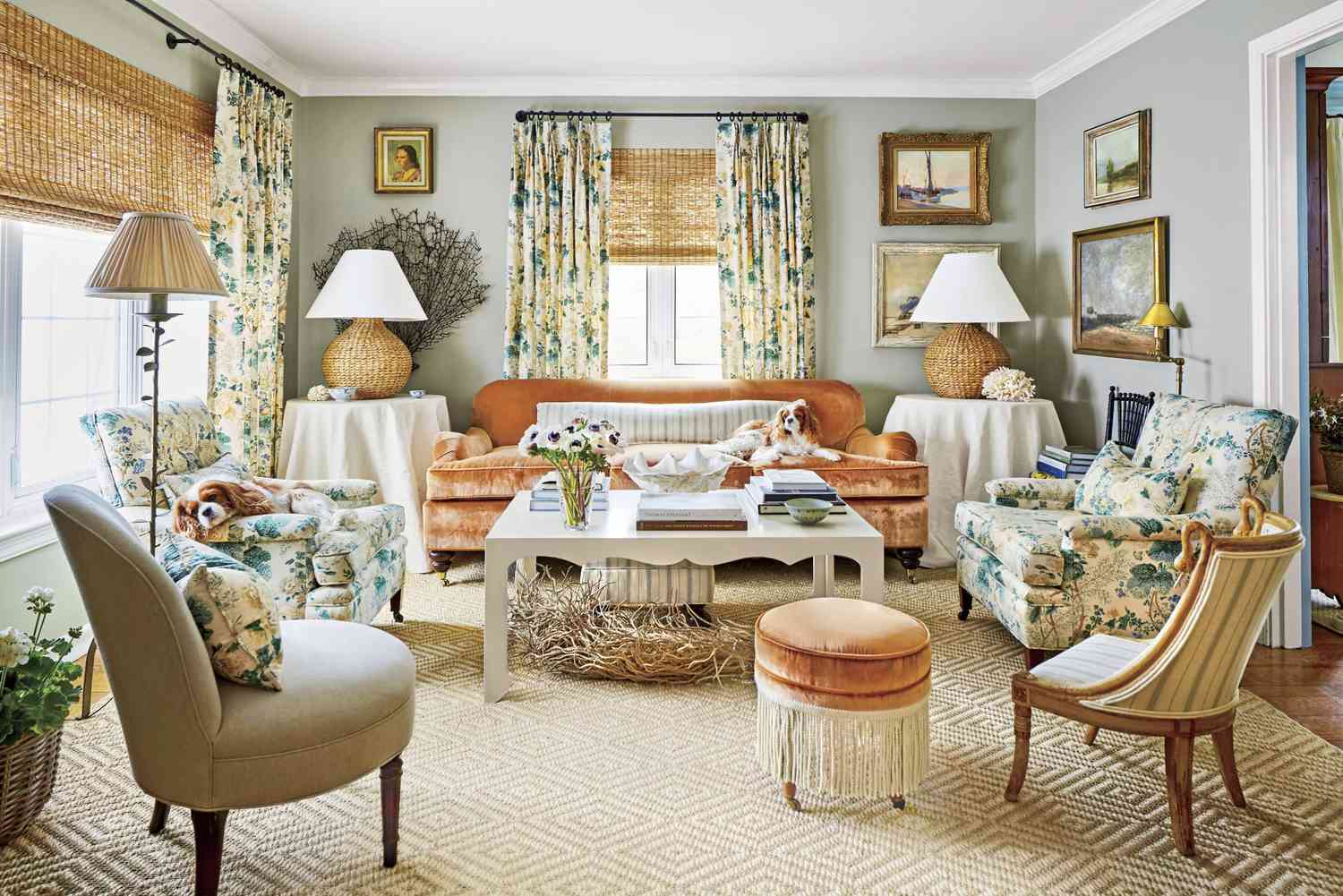
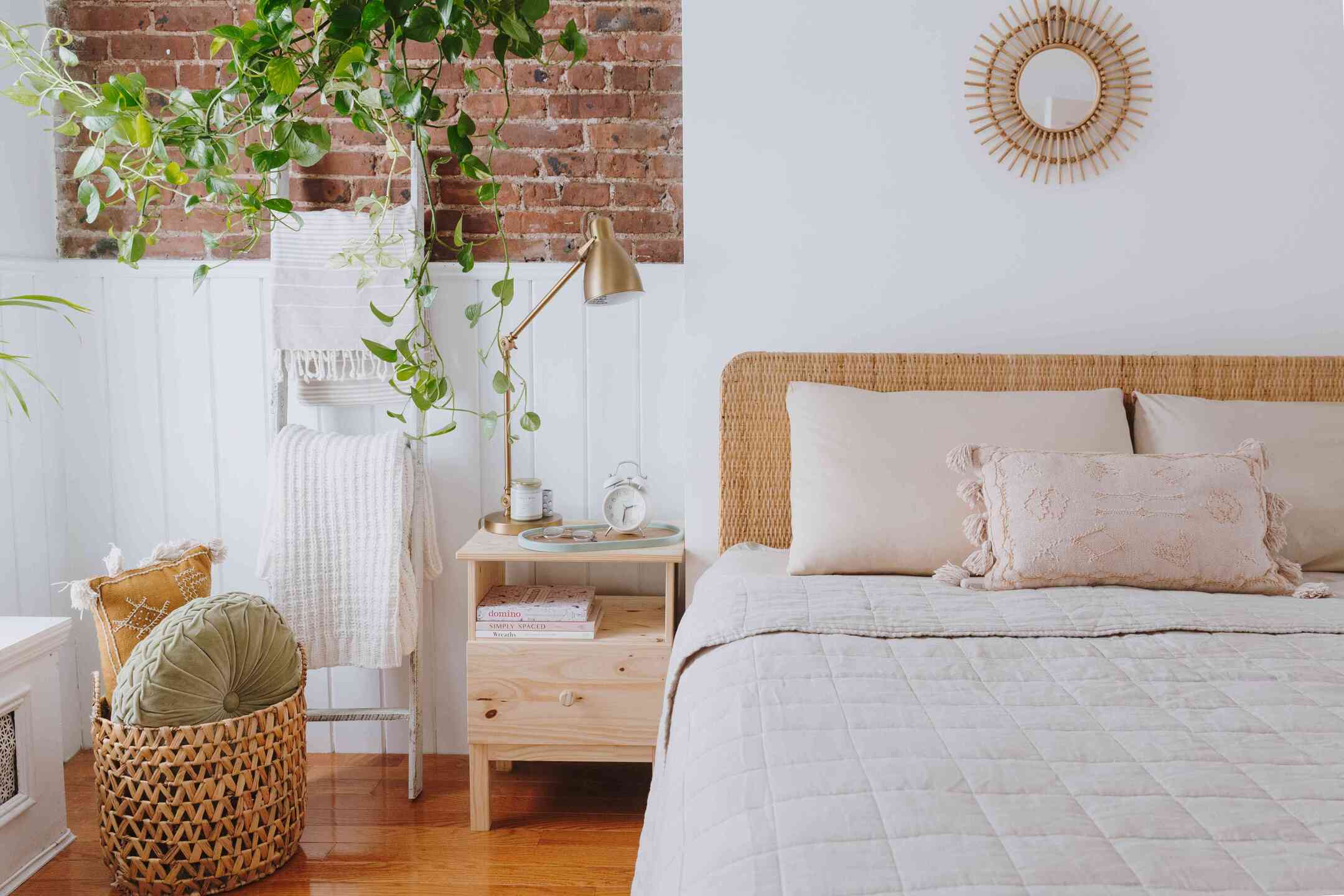
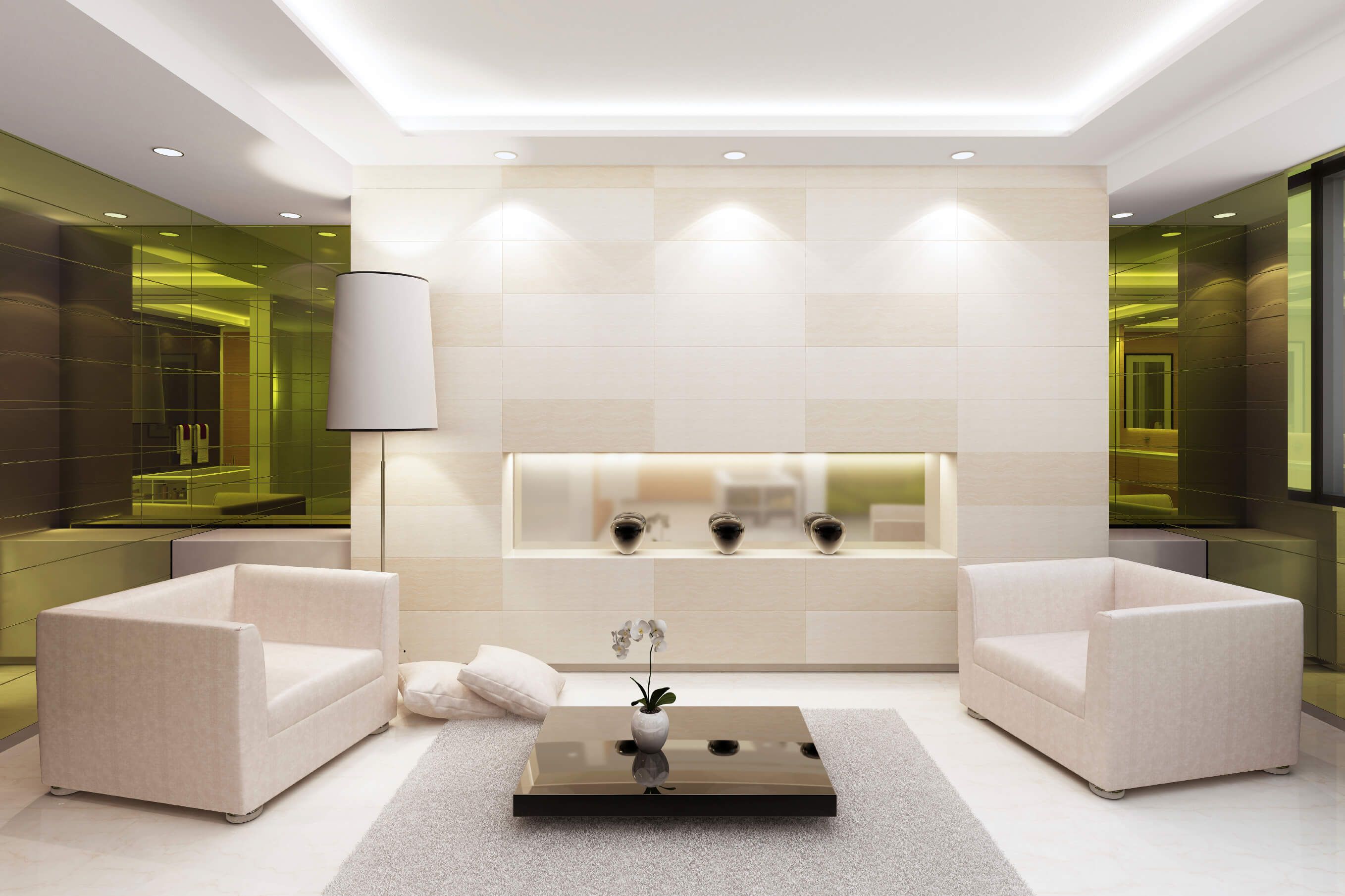

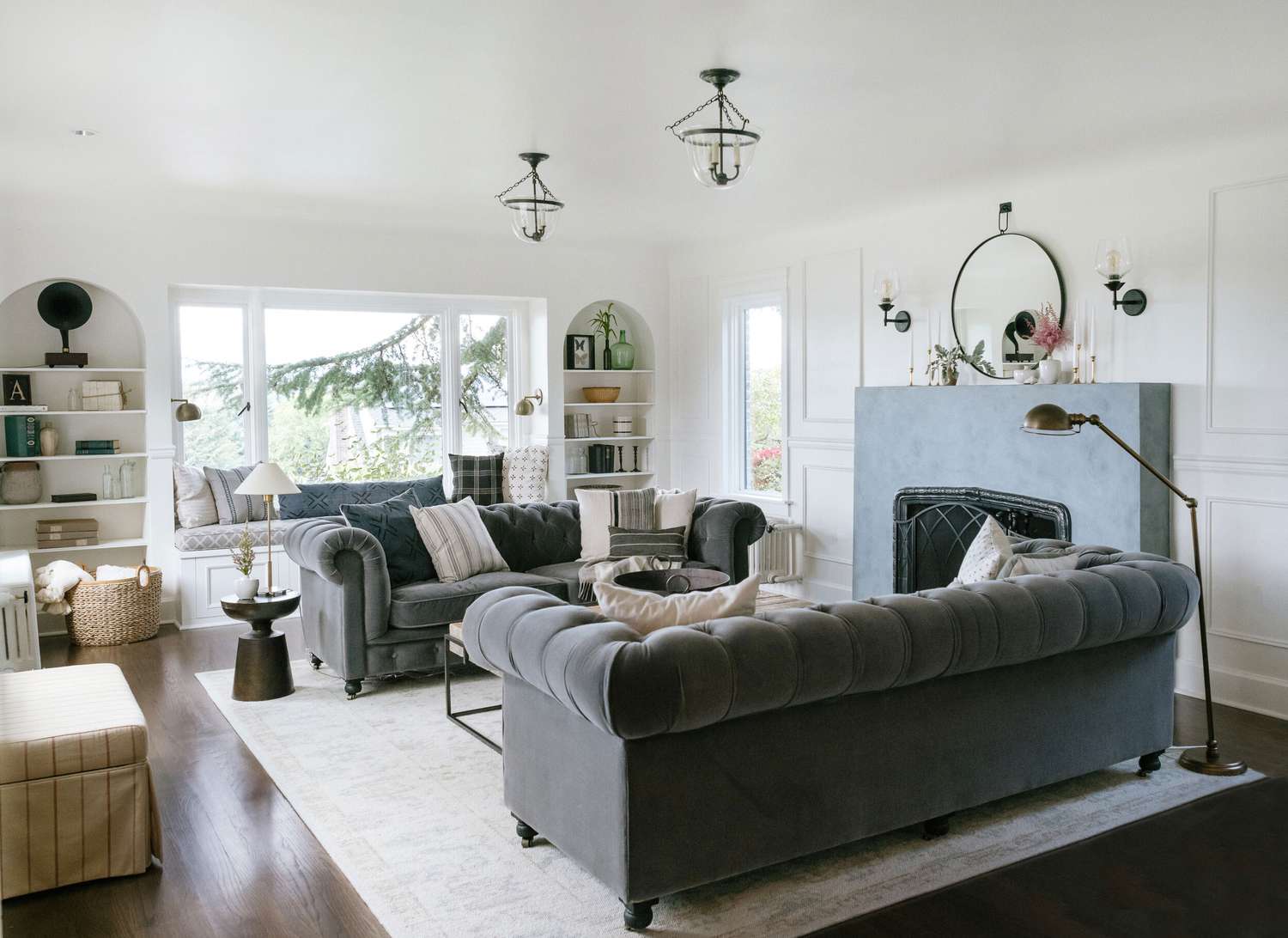



0 thoughts on “How To Make A Home Feel Welcoming: 8 Rules To Live By”